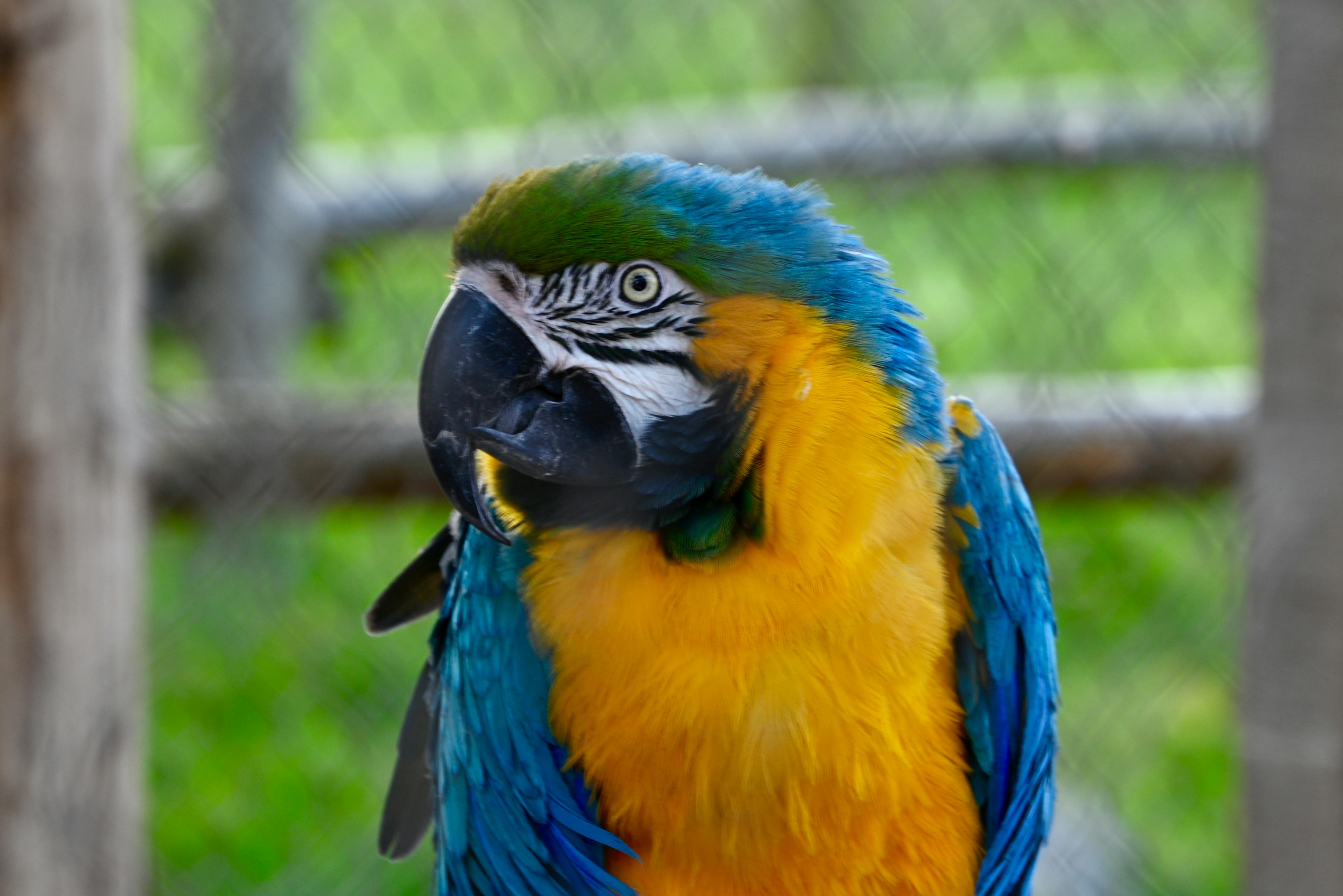
Essential Guide to Baby Netherland Dwarf Rabbit Care in 2025
Caring for a baby Netherland Dwarf rabbit requires a delicate balance of understanding their unique needs and providing them with a safe, loving environment. These adorable creatures are renowned for their charming personalities and vibrant colors, making them a popular choice for pet enthusiasts. Knowing how to properly care for them is crucial for ensuring their happiness and health.
The baby Netherland Dwarf rabbit, with its compact size and lively demeanor, can bring endless joy to families. However, it is essential to educate oneself about proper dwarf rabbit care, including diet, housing, socialization, and health care. This guide provides insights into all aspects of netherland rabbit breed care, aimed at both new and experienced rabbit owners.
In this article, we will explore various topics including baby rabbit feeding guidelines, dwarf rabbit training techniques, health care requirements, and how to ensure pet rabbit happiness. By the end, you'll be equipped with the knowledge to provide the best care for your new furry friend.
Key takeaways will include essential tips for feeding and training baby rabbits, insight into rabbit behavior and temperament, and practical maintenance advice for your rabbit’s living environment.
Understanding Dwarf Rabbit Temperament and Behavior
Building a solid understanding of your Netherland Dwarf rabbit's temperament is the foundation of a healthy relationship. This breed is known for its lively personality, which can sometimes lead to unexpected behavior if not understood correctly.
These rabbits are typically very social and benefit from interaction with their owners or other rabbits. Early socialization is key—introducing your baby rabbit to various environments, sounds, and people can help them become well-adjusted pets. Dwarf rabbits are generally lively, and their playful nature can be nurtured through simple playtime activities.
It’s essential to recognize that each rabbit has its own personality, potentially making some more reserved or shy than others. Identifying and respecting these traits can enhance your bonding experience with your pet. Providing them with ample opportunities for socialization—such as play dates with other rabbits or supervised interactions with children—can foster a happy and confident dwarf rabbit.
Moreover, knowing how to recognize signs of stress or discomfort in baby rabbits is crucial. Common indicators include hiding, thumping, or a lack of appetite. Understanding these behaviors can prevent potential welfare issues and aid in effectively addressing their emotional needs.
Socializing Your Netherland Dwarf Rabbit
Socialization is critical for a happy and healthy dwarf rabbit. Early exposure to various people, pets, and situations will help your rabbit adjust to its new home and lifestyle. Start by allowing the rabbit to roam in safe environments while monitoring how it reacts. Offer treats to encourage positive interactions.
Consider inviting friends to interact with your rabbit, ensuring they understand how to handle rabbits gently. This not only helps the rabbit but also educates those around it about proper interactions. Always allow your rabbit to initiate contact to avoid overwhelming them.
Common Dwarf Rabbit Behavior Tips
Understanding common dwarf rabbit behaviors will help you cater to their needs effectively. For instance, rabbits often dig and chew. Providing appropriate toys, such as wooden chew sticks or tunnels, can keep them entertained and prevent them from damaging household items.
Additionally, rabbits are naturally curious creatures. Enriching their environment with safe exploration spaces and toys will enhance their interaction levels and prevent boredom. Incorporate soft beds in their cages and interactive toys to keep them engaged during playtime.
Rabbit Bonding Techniques
Bonding with your baby rabbit is an ongoing process that enhances your relationship and improves their overall happiness. Spend time daily with your rabbit outside of their cage, allowing it to explore and get comfortable with you.
Using treats as incentives can reinforce positive behavior during training sessions. Carrots or specially formulated rabbit treats can help create a positive association during socialization efforts, leading to stronger bonding over time.

Setting Up the Ideal Rabbit Housing Environment
With understanding in place regarding behavior and social dynamics, the next step is creating a suitable living environment for your baby Netherland Dwarf rabbit. Proper housing setup is critical for their well-being. Dwarf rabbits need adequate space to hop, stretch, and play.
A standard rabbit cage setup should include a clean, comfortable space to rest, areas for feeding and drinking, and enough room to move freely. Consider using a hutch-style cage with multiple levels, as this provides an enriching environment that encourages exploration.
Make sure the habitat is safe, free of hazards, and offers sufficient ventilation. A solid base with soft bedding material—like straw or aspen shavings—will keep your rabbit comfortable while also facilitating easy cleaning.
Indoor vs. Outdoor Housing Essentials
The decision to house your Netherland Dwarf rabbit indoors or outdoors can impact its health and happiness. Indoor housing is generally recommended as it provides better protection from predators and harsher weather conditions. Additionally, indoor rabbits tend to socialize more with their families.
If outdoors, ensure the enclosure is secure, shaded, and shielded from extreme weather. Outdoor rabbits should have access to a safe, enclosed run. Daily supervision is essential to prevent escapes and protect them from potential dangers.
Rabbit Cage Setup: Height and Space Considerations
When setting up a cage, remember that height and width matter. A dwarf rabbit requires a spacious enclosure to stand on its hind legs, hop around, and play. Ideally, their cage should be 4 to 5 times larger than their body size to promote movement and exploration.
Space is also needed within the enclosure for separate areas for eating, sleeping, and playing. Adding several platforms or levels can further enrich the environment, allowing them to exercise and explore their space comfortably.
Rabbit Hygiene and Cleaning Tips
Maintaining a clean living environment is not only essential for the happiness of your dwarf rabbit but also for their health. Regular cleaning schedules should be established to remove waste, replace bedding, and clean food and water dishes.
Using safe cleaning products that don’t leave harmful residues will protect your rabbit's sensitive nose and respiratory system. Additionally, regularly checking for any signs of illness or distress during cleaning procedures can facilitate early medical attention if needed.

Essential Nutrition and Feeding Guidelines for Baby Rabbits
Proper nutrition is fundamental in establishing a healthy dwarf rabbit. Understanding their dietary requirements helps in forming good eating habits that promote growth and longevity. A balanced diet should primarily consist of high-quality hay, fresh vegetables, and specially formulated rabbit pellets.
For baby rabbits, focus on providing hay that is rich in fiber, like Timothy hay, which aids in digestive health. Fresh greens—such as romaine lettuce, cilantro, and parsley—should be introduced gradually into their diet to build tolerance and avoid digestive upset. Ensure fresh water is always accessible.
Baby Rabbit Feeding Guidelines
Feeding baby rabbits can require careful consideration. For the first few weeks, young rabbits depend on their mother's milk. However, once they are weaned around 8 weeks of age, incorporate pellets into their diet while continuing to provide hay and veggies.
Establish a daily feeding schedule that includes multiple small meals throughout the day instead of one large feeding. This method imitates their natural eating behaviors, supports digestion, and helps maintain steady energy levels.
Rabbit Diet Planning for Health
Planning a balanced diet is critical for maintaining your rabbit's health. Create a feeding routine that integrates a variety of foods, promoting taste and nutritional diversity. Regularly switching up fresh vegetables keeps the bunny interested and encourages them to eat healthily.
Consult with a veterinarian to develop a personalized diet plan based on the rabbit’s age, weight, and activity level. Adding vitamin-mineral supplements and high-fiber treats can help provide comprehensive nutrition.
Understanding Dwarf Rabbit Dietary Needs
Dwarf rabbits, due to their smaller size, have unique dietary requirements compared to larger breeds. Monitoring their food intake is important to prevent obesity, which can lead to serious health issues. Avoid high-calorie treats that could cause excess weight gain.
Instead, opt for healthy snacks like small pieces of fruit or organic herb blends. Make sure to gradually introduce new foods to avoid upsetting their digestive systems.
```